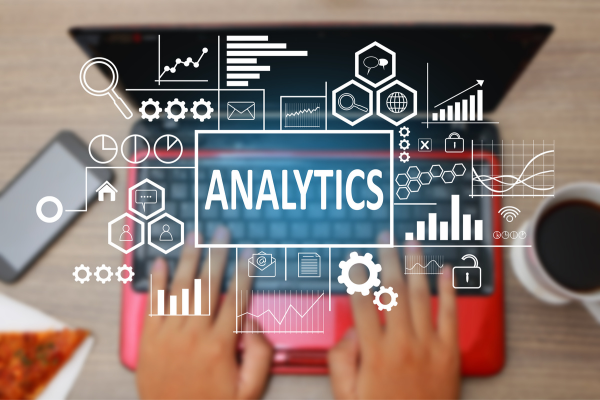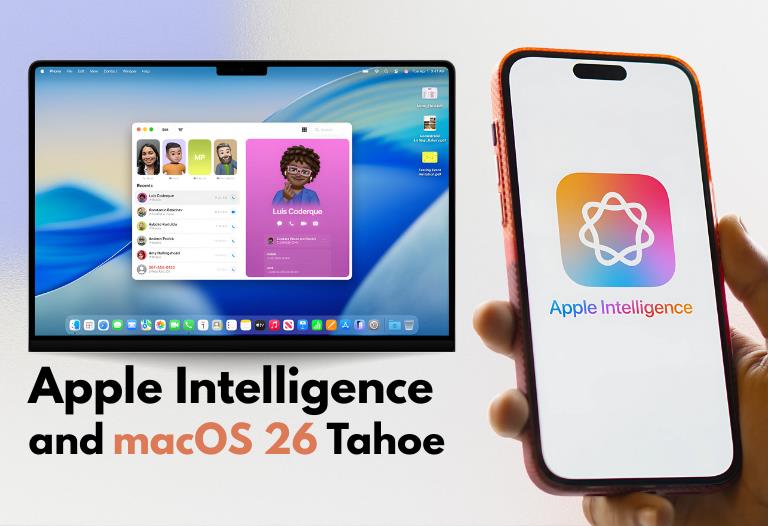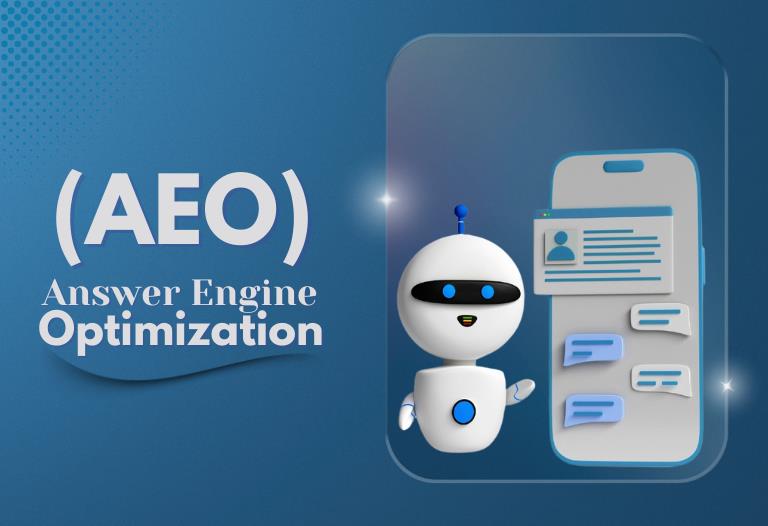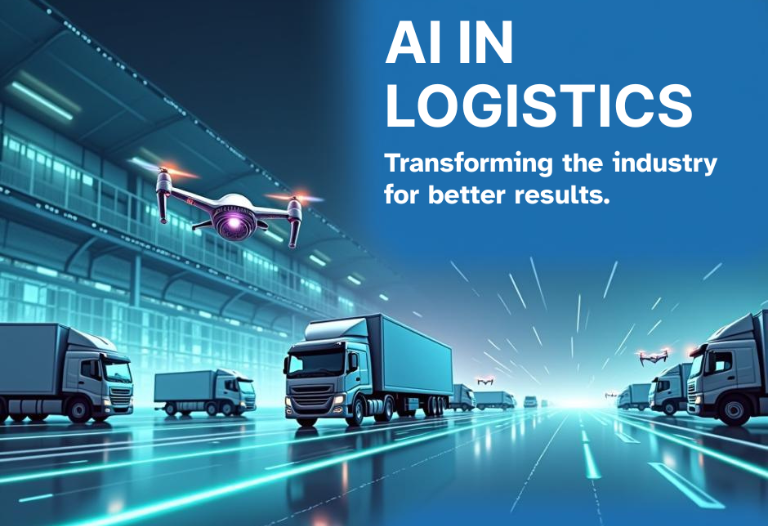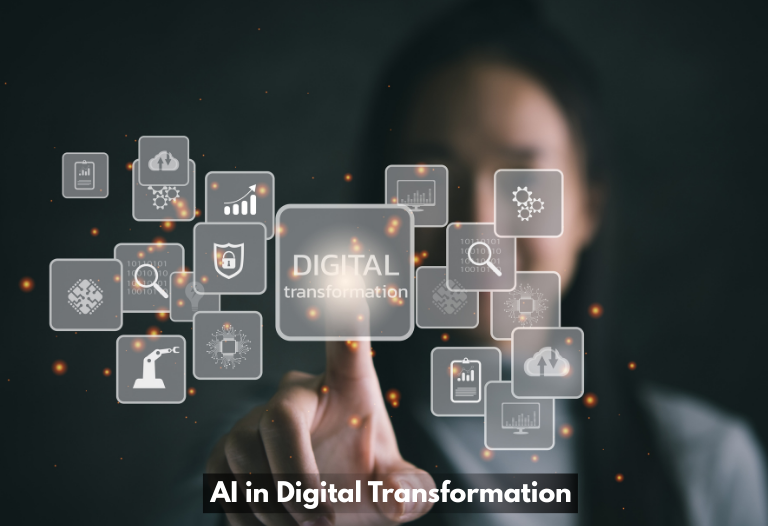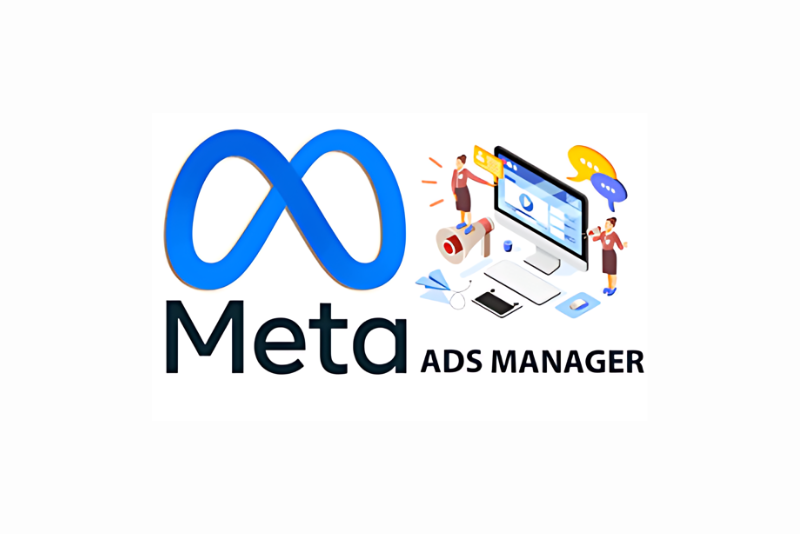Businesses face a daunting challenge in data analytics because of the continuously increasing pile of data. Conventional analytical techniques frequently fall short when dealing with large and intricate data sets, resulting in missed patterns and opportunities.
AI in Data Analytics is a game-changer, revolutionizing data management with its advanced tools and providing helpful insights. These tools, powered by machine learning and deep learning algorithms, efficiently handle tasks, extract valuable information, and uncover hidden patterns within extensive datasets.
This technological leap is improving data analysis processes and opening up new horizons for companies.
During a recent Discovery Event, attendees discussed how AI and data analytics are changing various sectors, businesses, and the community. They also examined how these methods guarantee achievement in the competitive business landscape. AI in Data Analytics is revolutionizing how enterprises tackle data analysis, providing fresh options and answers for managing the increasing data.
Table of Contents
ToggleWhat is data analytics
Data analytics is analyzing data to identify patterns and make better decisions. Business analytics uses this process to answer business questions, make predictions, and discover new relationships. It involves taking raw data and applying various analytical techniques to find meaningful patterns.
The Gartner Analytic Ascendancy model breaks down analytics into stages:
- Descriptive analytics looks at what has happened.
- Diagnostic analytics explains why it happened.
- Predictive analytics forecasts future events and
- Prescriptive analytics determine how to achieve desired outcomes.
Overall, analytics is essential for businesses to gain insights, make informed decisions, and ultimately achieve success.
Benefits of using AI in data analytics

AI analytics, widely regarded as augmented analytics, enhances every aspect of data analysis by automating processes, improving accuracy and efficiency, enabling advanced techniques, and delivering specific insights and recommended actions.
Discover Hidden Patterns and Connections
Challenge: The traditional method of data analysis often fails to uncover concealed patterns in extensive datasets, leading to overlooked opportunities and insights. Picture a streaming platform offering a vast collection of millions of films and television series. Examining data on audience numbers based on genre or release date could overlook subtle correlations among apparently diverse content.
AI Technique: Machine learning (ML) algorithms. ML enables algorithms to recognize patterns, make choices, and improve performance without requiring manual coding.
Benefits & Impacts: Machine learning helps identify unforeseen relationships by allowing software to learn from historical data points that may seem unconnected. At Primotech, we developed a machine-learning content recommendation engine for healthcare professionals, collecting and processing the data, enhancing content relevance and user engagement.
Automate Repetitive Tasks
Challenge: Data analysts spend a significant portion of their time on data cleansing and preparation, typically dull and time-consuming tasks. This procedure frequently requires fixing mistakes, completing missing information, and adjusting data structures, which can be exhausting and subject to human error.
AI Method: AI-driven data preprocessing tools. These instruments employ machine learning algorithms to automatically clean and prepare data, guaranteeing data accuracy and consistency.
Advantages & Effects: AI streamlines data cleaning, allowing analysts to focus on complex tasks. Primotech created a hybrid recommendation system for an e-commerce client that delivered personalized recommendations across a wide range of products. This system boosted their user engagement by 30%, increased conversion rates by 20%, and optimized inventory management.
Generate Predictive Insights
Challenge: It is challenging to forecast future trends and behaviors using traditional methods accurately. Picture a retail store depending only on past sales figures to predict demand. They could overlook unexpected surges in popularity for emerging products or seasonal fads.
AI Method: Predictive analytics models. AI can analyze vast amounts of data, like social media sentiments, weather patterns, and competitor prices, to produce highly accurate forecasts.
Advantages & Effects: Artificial Intelligence aids in predicting future trends, foreseeing customer turnover, and improving marketing tactics. Macy’s, a major retail corporation, uses AI technology to predict customer interest in specific products, helping them improve inventory levels and decrease instances of out-of-stock items. This boosts customer satisfaction and reduces expenses associated with excess stock.
Analyze Unstructured Data
Challenge: Traditional methods are challenging to use for examining unstructured data, such as social media opinions, consumer feedback, and written materials, to discover valuable insights. This kind of data is frequently extensive, diverse, and intricate, making it challenging to analyze with traditional methods.
AI Method: Natural Language Processing (NLP). NLP uses machine learning algorithms to comprehend, interpret, and produce human language, allowing the extraction of insightful information from raw text data.
Advantages & Effects: AI aids in gaining valuable knowledge from unorganized data. Coca-Cola utilizes natural language processing to examine social media posts and customer feedback to gain insights into customer sentiments and enhance marketing tactics.
This way, businesses can better address customer needs, comprehend market patterns, improve marketing strategies, and ultimately increase customer satisfaction.
Improve Data Presentation
Challenge: Presenting complex data clearly and actionably can be a struggle. Data analysts frequently find it difficult to communicate cryptic patterns and connections in a way that stakeholders can easily grasp.
AI Technique: Data visualization tools powered by artificial intelligence. These tools create visual data representations to simplify understanding and sharing insights.
Advantages & Effects: AI creates dynamic and interactive dashboards for data analysis that effectively communicate insights. Tableau uses AI to enhance its visualization capabilities, allowing users to generate more informative and immersive reports.
This user-friendly way to present complex data ultimately enhances the understanding of data, leading to improved business results.
Implementing AI in Data Analytics

Code Generation and Error Debugging
AI can help with coding and fixing errors, greatly expediting development. One example is AI tools such as Microsoft’s Visual Studio IntelliCode, which provides smart code suggestions to assist developers in writing code more efficiently.
AI can help generate code, debug errors in data analysis, visualize large datasets, and build machine-learning models. You can use AI to create code blocks, prompt the Jupyter AI in Python, comment on complex code, provide code completions, and debug errors. These tools save time and simplify the coding process.
Simplifying Analysis and Insights
AI can help clarify intricate analyses and insights in a simpler manner. For instance, IBM Watson Analytics employs AI to offer natural language interpretations of data discoveries, simplifying comprehension and action for non-technical individuals.
Creating Synthetic Data
AI can create artificial data to model different situations and experiment with theories. This is especially beneficial in sectors such as healthcare and finance, where genuine data could be limited or confidential.
Automated Dashboard and Report Development
AI-driven tools can produce dashboards and reports independently, which helps save time and maintain accuracy. DataRobot and similar tools can automate the generation of in-depth analytics reports, offering immediate insights.
Image-Based Data Entry Automation
AI can automate data entry from images, reducing manual effort and errors. For instance, Google Cloud’s AutoML Vision can extract text from images and populate databases automatically, enhancing efficiency.
Best AI Tools for Data Analysis
- RapidMiner
- Tableau
- Microsoft Azure Machine Learning
- KNIME
- Google Cloud AutoML
- PyTorch
- DataRobot
- Talend
- H2O.ai
- IBM Watson Analytics
1) Rapid Miner: RapidMiner provides a user-friendly interface for AI Data Analysis with drag-and-drop tool creation, catering to users of all skill levels. It assists data teams in analytics, offering integration and machine learning features for data analysis of texts, photos, and audio files. It is free but has limited capabilities.
2) Tableau: Tableau provides interactive dashboards, simple data visualization, and an AI-powered feature, Ask Data, for easy data exploration and presentation. Users can interact without coding. It starts at $12 monthly.
3) Microsoft Azure Machine Learning: Microsoft Azure Machine Learning is a cloud-based AI tool that offers flexibility and capability for diverse data analysis tasks. This aids data scientists and machine learning experts with tailored AI solutions. It is free with limitations, but it costs $9.99 monthly for full functionality.
4) KNIME: KNIME software is a free data analysis tool that offers data preparation, workflow management, and visualization for various data science needs. It includes AI-powered features like machine learning and predictive modeling. Pricing: A free trial is available.
5) Google Cloud AutoML: Google Cloud AutoML offers a user-friendly platform for developing unique machine-learning models, even without advanced coding skills. Businesses can experiment with different ML techniques to find the best fit for their needs. A free trial is available.
6) PyTorch: PyTorch is a deep learning platform used for natural language processing and image recognition. It offers tools for computer vision and reinforcement learning. Major cloud providers strongly support it. The starting cost is $0.07.
7) DataRobot: DataRobot expedites model development with automated machine learning and is usable across various cloud platforms. It provides AI algorithms for precise predictions, promotes data-driven decision-making, and offers management for business maintenance. A free trial is available.
8) Talend: Talend is a comprehensive platform for data integration, monitoring, and administration compatible with various data sources and structures. It supports big data platforms like Hadoop, Spark, and Hive, providing secure insights and predictions. A free trial is available.
9) H2O.ai: H2O.ai is an open-source platform for machine learning and predictive analytics, enabling users to create and deploy models without advanced data science expertise. It improves scalability and performance for analyzing large datasets. Free to use.
10) IBM Watson Analytics: IBM Watson Analytics is a cloud-based service that provides data mining and predictive analytics for business users. It helps uncover insights and trends in data by utilizing AI algorithms for predictive modeling. A free trial is available.
The Outlook of Artificial Intelligence in Data Analysis

The future outlook for AI in data analytics is anticipated to include even more advanced methods and increased usage in various sectors. As artificial intelligence technology advances, we expect more intricate algorithms to manage more complicated data.
Data analysts will be vital in concentrating on the strategy, explanation, and sharing of AI-generated findings. Their knowledge is crucial for leading AI-driven evaluations and making well-informed choices that contribute to the business’s success.
Conclusion
In brief, AI is an innovative instrument that can change the data analytics landscape. AI helps companies uncover secret patterns, automate repetitive tasks, foresee insights, analyze unstructured data, and enhance data visualization, resulting in better decision-making and deeper insights.
In the future, artificial intelligence will have limitless possibilities in analyzing data, providing promising opportunities for making decisions based on data. Companies need to investigate how artificial intelligence can improve their data analysis techniques and keep up in a world that is becoming more reliant on data.
To unlock AI’s full capabilities in your data analysis, consider collaborating with specialists. Primotech can assist you in incorporating sophisticated AI tools into your analytics procedures to generate impactful outcomes. Get in touch now to see how we can help transform your data analysis and give you a competitive advantage.


